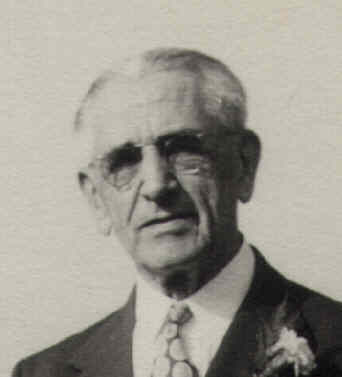I am not a certified genealogist, but I can share with you a basic understanding of what’s in a name from years of experience in searching for my ancestors. Genealogy is the study of family ancestries and history. If all you needed was your ancestor’s name in order to connect them to your family tree; genealogy would be easy. To understand how it works, I will use my grandfather, who was NOT a patient at a state hospital, as an example. CARL SCHULZ was born on January 29, 1878 in Ötisheim, Württemberg, Germany, and died on January 16, 1970, in Rochester, Monroe County, New York. If you enter his name on Google, over 22 million hits will pop up. I entered the name “Carl Schulz” on an ancestry website and narrowed the search to Rochester, New York, District 10; over 167,000 hits appeared. To make matters worse, the surname Schulz, is also spelled: Schultz, Schulze, Schultze, and Shultz, to name a few. While searching for my grandfather on the U.S. Federal Census, his given or first name has been listed as: Carl, Karl, Charles and Kurt. Keep in mind that the enumerators were human and made mistakes in the spelling of names, recorded ages incorrectly, and some had illegible cursive handwriting. If you don’t enjoy solving a mystery, then you won’t enjoy searching for your ancestors.
It all begins with a name; but a name means nothing if you don’t have the basic background information such as: date of birth; city, county, state and country of birth; date and place of death; names of parents and siblings, etc. Twelve years ago, when I began investigating my grandfather, all I knew was his name and that he was born in Württemberg, Germany. Our ancestors didn’t have much of an imagination when naming their children. I never realized how common my grandfather’s name was until I began my search. It took me years to uncover the names of his parents, siblings, and the town in which he was born.
According to The Lives They Left Behind by Darby Penney and Peter Stastny: 8,000 people entered Willard between 1869 and 1900, 1,500 were released as recovered; 54,000 people were admitted during the 126 years of operation. (1) There is no way of knowing who remained, who was released, and who was buried on asylum property without the burial ledger, and even then, names mean nothing to the general public unless they are attached to a particular individual. An inscribed headstone would not identify a specific individual unless it stated what city, county, state, country of origin, parents, etc. And even then, you would have to claim that person as your ancestor and notify the media that he or she was diagnosed with a mental illness in order to be “stigmatized.” This is why the NYS Office of Mental Health’s classification of New York State Hospital burial ledgers as a medical records is ridiculous. Privacy ends at death but Confidentiality Of Medical Records apparently lasts forever.
If you believe that your ancestor may have been an patient at the Willard State Hospital, then you have come to the right place. The U.S. Federal Census is a great place to start your search, but you need so much more than a name in order to confirm that the individual listed on the census is indeed your ancestor. Good Luck!
(1. Penney, Darby & Stastny, Peter, The Lives They Left Behind, Suitcases From A State Hospital Attic, Photographs by Lisa Rinzler, Bellevue Literary Press, New York, 2008, Page 36)


it is funny the tangled web the past and our ancestors have weaved. I have been scanning over your entries and honestly don’t know where to start. I am a 3rd yr university student majoring in psychology so needless to say the mental health posts grab my attention and then having done genealogy since 1993 well …i am like a kid in a candy store. Love your posts.
LikeLike
Thank You!
LikeLike
I have found many problems finding information On my grandmother, Grace G Doyle, who resided at Willard from around 1934 until her death in 1990. Willard medical records and burial records are not forth coming. I will have to petition the Albany Archives. There is so much blocking information that I may have to hire a lawyer to walk it all through the court. The thing is, we can not even find out where she is buried, it is like she is locked away again. Grace deserves to have a voice, a name on a stone, something to say I was here. She is not forgotten, just lost. I vow to keep trying until I can not do it anymore.
LikeLike
You’re so awesome! I do not believe I’ve read anything like this before.
So nice to find another person with some genuine
thoughts on this subject matter. Really.. many thanks for starting this up.
This website is something that’s needed on the internet, someone with a bit of originality!
LikeLike
Thank you!
LikeLike
Thanks Jim!
LikeLike